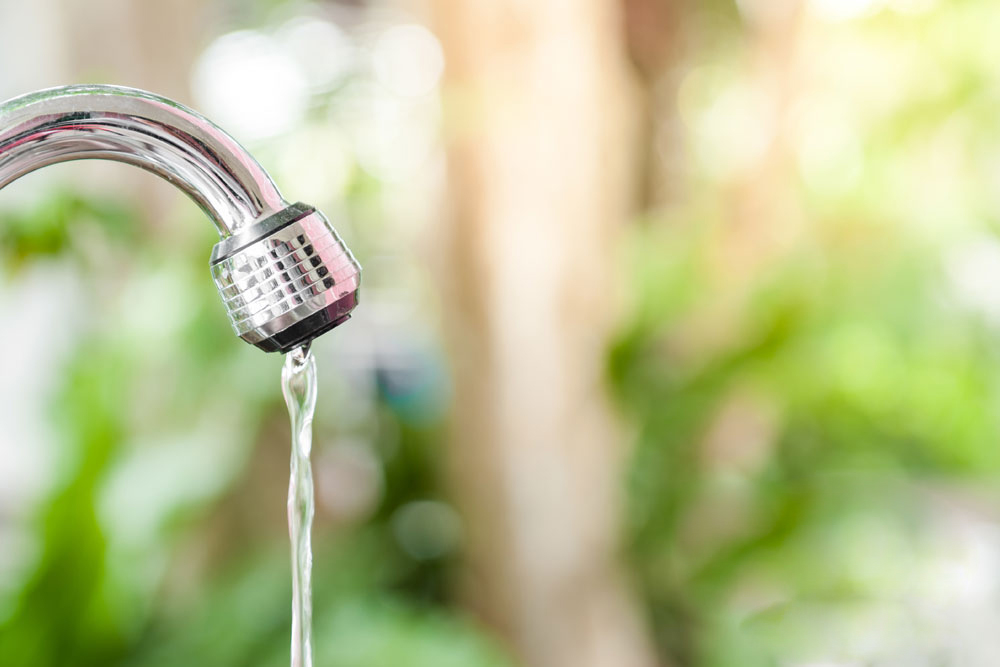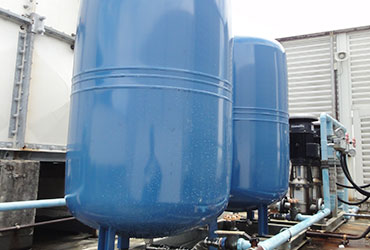Your Manual to Rectifying Low Water Pressure in Your Home
Your Manual to Rectifying Low Water Pressure in Your Home
Blog Article
They are making a number of great annotation about Dealing with Low Water Pressure in Your Home as a whole in this great article underneath.

Low water pressure in your home can be a frustrating trouble, impacting everything from bathing to washing recipes. If you're experiencing weak water flow, there are numerous possible causes and solutions to check out. In this overview, we'll talk about usual reasons for low tide pressure and practical steps to resolve the problem properly.
Introduction to Low Tide Pressure
Low water stress takes place when the flow of water from your faucets, showers, and various other components is weak than usual. This can make everyday tasks a lot more tough and much less efficient. Understanding the reasons for low tide stress is critical to discovering the ideal option.
Typical Root Causes Of Low Tide Pressure
Faulty Pressure Regulators
Pressure regulators are accountable for preserving regular water stress in your home. If they malfunction, it can lead to low tide stress or unequal flow throughout your home.
Community Water System Issues
Often, the issue lies outside your home. Local supply of water issues, such as main line leakages or maintenance job, can briefly lower water pressure in your location.
Pipe Obstructions
With time, pipes can end up being blocked with natural resource, sediment, or debris, limiting the flow of water. This is a typical concern in older homes with galvanized steel pipes.
Rust
Deterioration within pipes can result in leakages and lowered water stress. Rust buildup can restrict water flow, particularly in aging plumbing systems.
How to Diagnose Low Tide Pressure
Examining Pipes
Check visible pipelines for signs of leaks, rust, or blockages. Take notice of any unusual audios, such as banging or rattling pipes, which can show issues within the plumbing system.
Consulting with a Plumber
If you're not able to determine the reason for low tide pressure, think about employing a specialist plumber to perform an extensive assessment. They can recognize underlying concerns and suggest proper options.
Examining Taps and Fixtures
Beginning by examining the water pressure at different taps and fixtures throughout your home. If the problem is separated to particular locations, it may suggest local troubles.
DIY Solutions to Repair Low Tide Stress
Flushing Hot Water Heater
Debris buildup in the water heater can limit flow and decrease effectiveness. Purging the tank periodically aids remove sediment and keep optimum efficiency.
Checking Stress Regulatory Authority
Make sure that the stress regulatory authority is operating properly. Adjusting or replacing the regulatory authority can help recover correct water stress throughout your home.
Cleaning Up Aerators and Showerheads
Mineral deposits can accumulate in aerators and showerheads, lowering water circulation. Remove and cleanse these elements routinely to improve water stress.
Clearing Clogs in Piping
For minor obstructions, try making use of a plumbing snake or chemical drainpipe cleaner to clear obstructions in pipes. Be cautious when utilizing chemicals and adhere to security standards.
When to Call a Professional Plumber
If DIY initiatives fail to resolve the issue or if you presume substantial plumbing problems, it's finest to look for aid from a certified plumber. They have the expertise and tools to deal with intricate concerns securely and successfully.
Safety Nets to Keep Water Pressure
Setting Up a Stress Booster
Think about installing a stress booster pump to enhance water pressure in locations with consistently reduced circulation. This can be particularly helpful for multi-story homes or residential properties with high-demand components.
Surveillance Water Use
Bear in mind water use routines and prevent overtaxing the plumbing system. Simple adjustments, such as shocking showers and washing loads, can assist preserve adequate water stress.
Regular Upkeep
Schedule routine upkeep for your plumbing system to avoid concerns such as rust, leaks, and blockages. Resolving minor issues early can aid avoid more substantial fixings later on.
Conclusion
Taking care of low tide stress can be frustrating, however determining the underlying causes and carrying out appropriate remedies can recover optimum circulation throughout your home. Whether it's cleansing aerators, inspecting pipelines, or consulting with a plumber, taking proactive steps can make certain a constant supply of water for your everyday needs.
FOUR WAYS TO FIX LOW WATER PRESSURE NOW
Turning on a shower or faucet only to find the water comes out in a sad, slow drizzle is never a good feeling. How exactly are you supposed to wash a pan or take a quick shower when it takes 10 minutes just to rinse off a little soap? The good news is that when your water pressure is bad, there's always a cause: typically one that can be easily fixed. Here are some of the most common causes of low pressure and what you can do to fix the issue:
DEBRIS AND MINERAL DEPOSIT BUILDUPS
If you notice low water pressure from just one or two of the fixtures in your house, the problem likely has to do with debris buildup. Water is full of minerals and other debris, all of which can accumulate in your pipes and on your fixtures. This can cause a blockage that affects how much water flows through. To fix this, try filling a small plastic bag with white vinegar, and use a rubber band to hang it around your showerhead or faucet. Let the head of the fixture soak for a few hours, and the vinegar should loosen the deposits.
WATER LEAKS
Leaks are another common cause of low water pressure. If water is flowing out of your plumbing through a hole or crack before it can reach your fixture, the pressure coming out of the faucet or showerhead will be lower. A plumbing professional is your best bet for finding and repairing a leak in your water supply pipes.
Leaks are another common cause of low water pressure. If water is flowing out of your plumbing through a hole or crack before it can reach your fixture, the pressure coming out of the faucet or showerhead will be lower. A plumbing professional is your best bet for finding and repairing a leak in your water supply pipes.
A VALVE ISSUE
If you have low water pressure throughout your home, check your main shut-off valve to make sure it's completely open. You may also want to see if there's a pressure-reducing valve installed. If there is, have a plumber help you adjust the settings to get the pressure you're looking for.
OTHERS USING WATER
Believe it or not, your low water pressure could be caused by your neighbors. If you notice low pressure at certain times of day, it may be because you and the people living next to you have similar schedules - when everyone is showering at the same time, the pressure will be lower in every home. Low pressure throughout the neighborhood may also be caused by an issue with your municipal water supply. If that's the case, call the supplier to see if they're working on the issue.
https://www.rotorooter.com/blog/water-leaking/low-water-pressure-fixes/

Hopefully you enjoyed our section about Low Water Pressure in the House?. Thanks for finding the time to browse our post. Are you aware of someone else who is excited by the niche? Take a moment to share it. I truly appreciate reading our article about Dealing with Low Water Pressure in Your Home.
Click Here Report this page